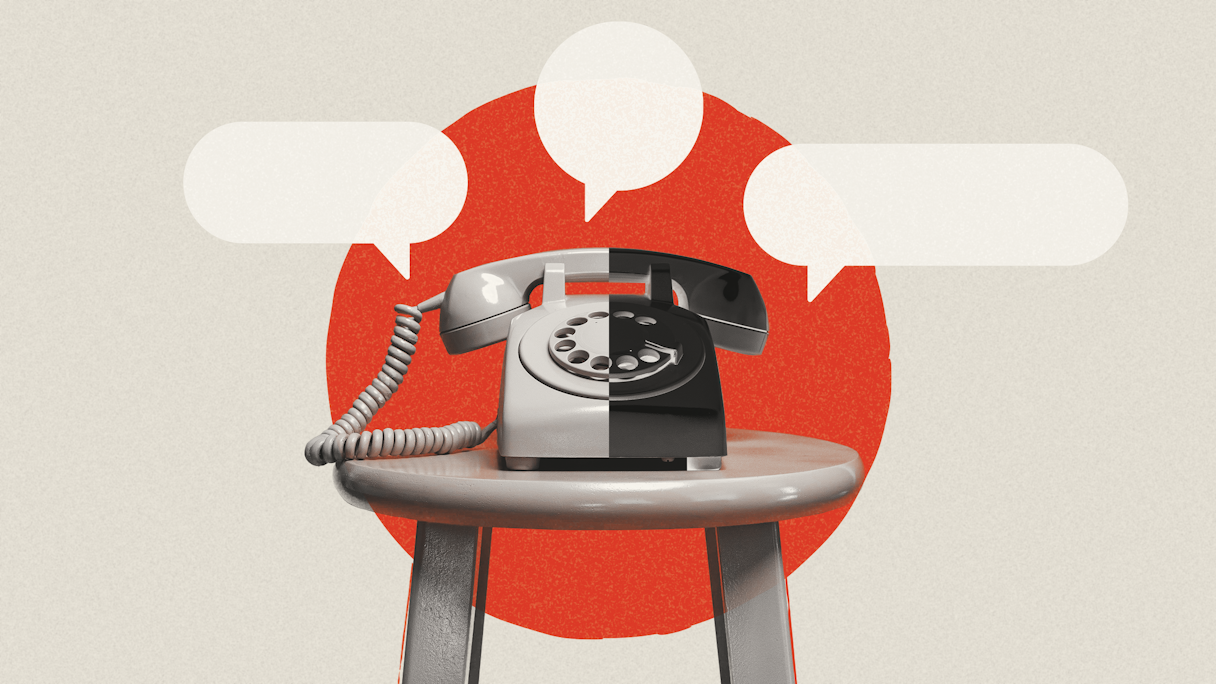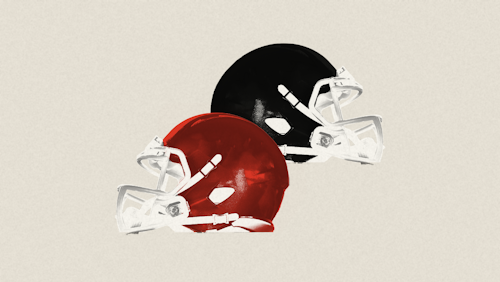Verbal Identity
The Basics of Verbal Identity

If you picture a homing pigeon with a telegram in his beak, a whistling mail carrier toting a satchel, or even the marketing major from a college catalogue circa 1997, you’re forgiven. There’s something about the word “communications” that feels old-fangled and fussy, at odds with the whole spirit of communicating — which is supposed to mean the passing on of information in a way your audience can understand it.
Luckily, brand communications doesn't involve a reporter typing furiously into the night or a team of well-heeled mavens plugging away at the switchboard. Instead, it's the thoughtful process of coming up with what your brand will message, to whom, and how. It's a vital part of brand identity creation, an outcome of your brand’s verbal identity, where words aren’t mere afterthoughts but the very life-blood that powers your brand.
Verbal Identity, a Journey in Words
At Focus Lab, our verbal identity process achieves three things:
- conveys what your brand is and why, showing your customers how to understand you
- and more importantly, why they should care
- while simultaneously giving your brand a point-of-view, embodied in a personality, or voice
Visual language can do a lot of things, but it can't do any of them without words. An exciting logo is powerful and moving — for one part of your brain. Verbal language sidles up to another part altogether and says, That apple is a metaphor for knowledge, autonomy, and transcendence. Think Different. Verbal identity is a strategic, creative, and essential piece of any brand identity project.
Overlook words and, well, I don’t know what to say.
But how does it fit in with those other essential pieces of a brand project, strategy and design? Nicely. We’re mindful about how verbal identity is scoped on the project timeline relative to strategy and design workflows, starting close enough to the former to support concepting and direction and running parallel to the latter so our designers can reference messaging and verbal identity in visual concepts. This ensures we’re carrying the strategy forward together for a synchronous outcome overall.
As for the verbal identity work cadence, the whole shebang shakes out in the most logical way possible, with each deliverable both anticipating and feeding the next. The goal? To create a seamless, well-integrated set of verbal identity outcomes that help carry out your new identity.
But first, there's homework.
Your dog can't eat it cuz it's digital
Are we going to give you homework? Yes.
Are we going to do our homework? Absolutely.
But no worries — most clients find the exercises fun and even illuminating. In short, before a project starts, we ask our clients to:
- Identify a brand archetype and attributes
- Fill out a Brand Questionnaire
We take the results of these exercises (and any other related collateral we’ve been given) to do a full verbal identity review — an audit of all existing statements and messaging. We also consider your competition, looking at the analysis provided via Brand Strategy work as well as an Audience Breakout spreadsheet you’ll have filled out. This all happens prior to your first deliverable, the idea being that we need to know where you are now, verbal-wise, before we can make the recommendations and do the work that takes you forward.
The Write Stuff
Let's break down the two things that make up verbal identity here at Focus Lab.
Messaging
Messaging takes us closer to external-facing language. At Focus Lab, we move outward from core messaging statements (purpose, mission, vision, values) to increasingly more external ones (value propositions, USP, Elevator Pitch, Audience Messaging). We iterate through rounds until we’ve built robust frameworks that feel solid, unified, and actionable.
Brand Voice
Think your brand’s more Jason Momoa than Jason Bateman? Here's where we make that distinction a reality. In voice work, we develop your brand’s style of expression: what (or who) you sound like and how you convey that to the world. We identify voice qualities that together create a you-seeming spirit (or, less romantically, a speaker). Eventually your messaging will filter through that voice, and lo! An unmistakable brand personality is born
Bonus Round
Every verbal identity project has a unique set of needs. Sometimes we enrich a project with tagline exploration or a Brand Story. Often, verbal identity continues through to interactive work, bringing UX writing to the fore.
What’s in your goody bag
So, at the end of the day, what’s the take-home?
The process by which we arrive at recommendations, statements, and frameworks is all there in working deliverables you get every week. It’s easy to follow our progress through rounds because it's all documented, reviewed, and discussed in order. But the outcomes of verbal identity work are housed in a single, nicely-packaged final deliverable: the Brand Messaging Framework. Here’s what that looks like:
- Core and Situational Messages (purpose, vision, mission, and statements like value proposition and USP)
- Audience Messaging Framework (messaging guidelines specific to each audience group)
- Brand Voice qualities and guidelines
- Style Guide (a manual that lays out how to style communications)
- Bonus items (Brand Story, taglines, etc.)
Like all good things, your verbal identity project will come to an end, but tbh, it's really the beginning. The beginning of your brand telling the world who it is, how it can help, and what it will change. The beginning of a new and distinct voice, poised to make an impact — no homing pigeon required.

